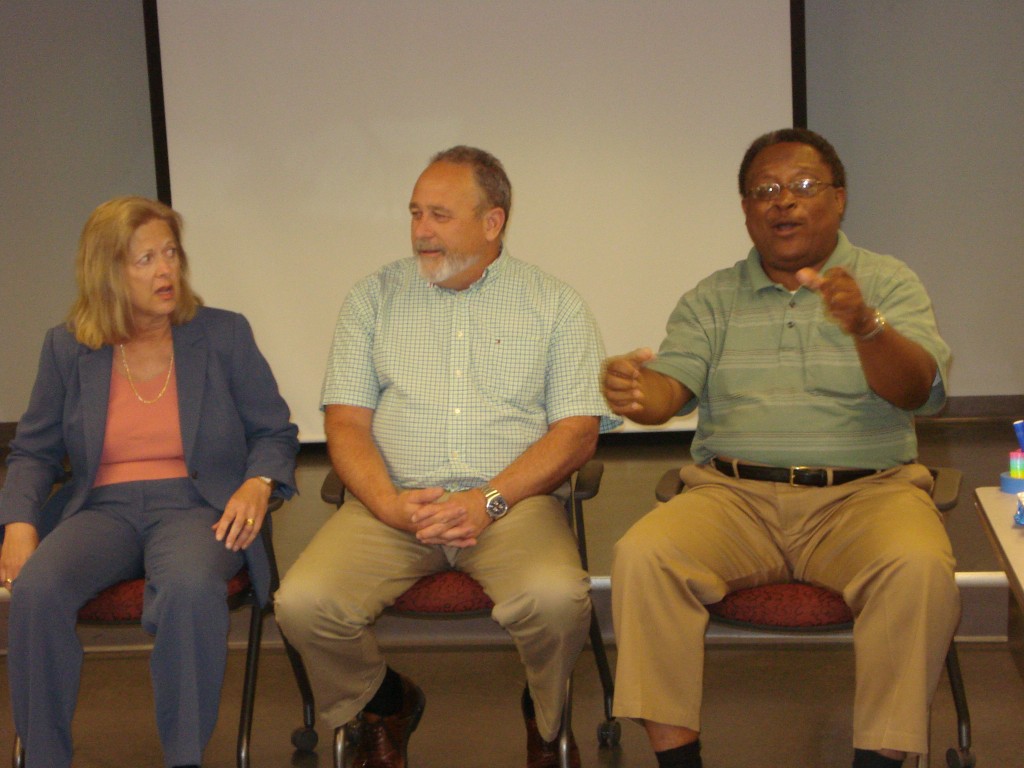
Life doesn’t come with a rule book so when the script hits the fan…improvise!
Because there are times we all have to think on our feet, effective communicators and leaders would be wise to master the art of improvisation. While studying with the improv group Second City I learned some valuable lessons that directly impact outcomes at work and at home. Here are some improv basics that can help you, too:
- Sometimes it works; sometimes it doesn’t. It can mean your life, a project, a relationship, your car, whatever.
- There are absolutely no judgments; total acceptance. You don’t have to agree, just accept what is and go from there.
- Improv is using and trusting your intuition, that inner knowing that is right 99% of the time. Business people have identified intuition as a key component to decision making. (More on this in next week’s post.)
- Improv is about process rather than result.
- It means being present moment focused…Be Here Now!
- Be sure when you set out to solve a problem or create something you don’t have any preconception as to how you will do it; you work together to get there. It goes deeper than Brainstorming.
- There are NO No’s (when you eliminate denial you have truth, affirmation, support, creation, focus, progression, cooperation).
Let’s focus on the last one. There’s a great improv game called “YES and…” that I use when teaching improv as a way to help people with public speaking, team building or interpersonal communication. For example, if collaboration is your objective for problem-solving, it’s crucial you replace “Yes but…” with Yes, and…”because when you say, “Yes but…” you are really saying “NO.”
Here’s an exercise that will demonstrate this. Two people are given a task like planning a vacation. The first person makes a statement like, “Let’s go to Hawaii.”All subsequent statements between these two people have to begin with the word BUT. It may go like this: “But it’s so humid in Hawaii and we could get caught in a hurricane.” “But we can stay cool by going to the beach and make sure we go when it’s not hurricane season.” “But there are too many people at the beach and I want a quiet vacation.” “But…” The conversation has stopped.
In the next go-around the pairs are asked to replace BUT with AND. It may go like this: “Let’s go to Hawaii.” “And when we’re there we can go find a quiet secluded beach.” “And we can go whale watching.” And…” The conversation continues as you acknowledge and validate what the other person is saying.
Imagine your next problem-solving session where the word BUT (NO) is banned and replaced with AND. You just might uncover something you never thought of before.
